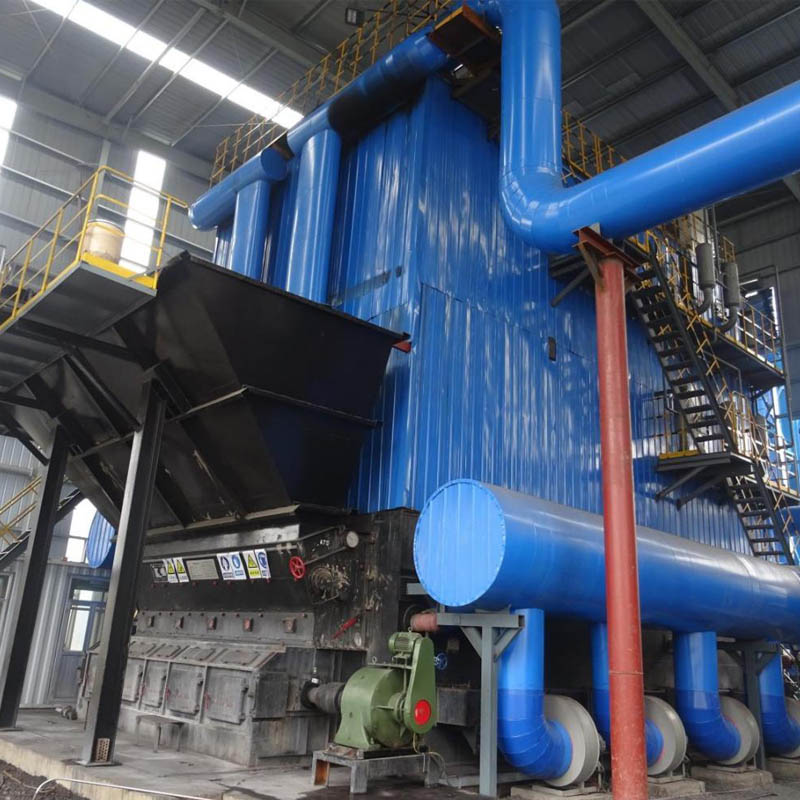
Қар . 30, 2024 21:52 Back to list
Best Prices for Boiler Steam Solutions and Services Today
Understanding the Factors Influencing Boiler Steam Prices
In the industrial landscape, steam plays a crucial role in various processes, from power generation to heating and manufacturing. Boilers, which generate steam by heating water, are essential in many sectors, including energy production, food processing, and chemical manufacturing. As the demand for steam continues to rise, so do the costs associated with it. This article explores the factors that influence boiler steam prices and the implications for industries reliant on this critical resource.
Supply and Demand Dynamics
At the core of any pricing model is the principle of supply and demand. The demand for steam is primarily driven by industrial activities, particularly in sectors like power generation, where steam turbines convert thermal energy into electricity. As industries ramp up production to meet consumer demand, the need for steam increases, placing upward pressure on prices. Conversely, during economic slowdowns, when industrial activity decreases, steam demand falls, leading to a potential decrease in prices.
On the supply side, the availability of fuel sources for boilers—such as natural gas, coal, or biomass—directly impacts steam prices. Fluctuations in fuel prices, dictated by global markets and geopolitical factors, can significantly affect the cost of generating steam. For instance, a spike in natural gas prices can lead to higher boiler steam prices as manufacturers pass on the increased operational costs.
Fuel Type Considerations
The type of fuel used in boilers plays a significant role in determining steam prices. Fossil fuels like coal, oil, and natural gas have traditionally dominated the market; however, their prices fluctuate based on a multitude of factors, including extraction costs, regulations, and international market dynamics. For example, as countries move towards greener energy solutions, the price of traditional fossil fuels may increase due to stricter regulations and reduced supply.
Conversely, renewable energy sources, such as biomass or solar, are gaining traction. However, the initial investment in renewable technologies can be high, influencing the overall cost of steam generation. Industries that transition to greener alternatives may experience variations in steam pricing due to changes in operational efficiency and the availability of these resources.
boiler steam price

Regulatory Environment
Regulations and government policies also play a critical role in influencing boiler steam prices. Environmental regulations aimed at reducing greenhouse gas emissions can lead to additional costs for industries relying on traditional fossil fuels. For instance, carbon pricing mechanisms or emissions trading systems may compel companies to invest in cleaner technologies, which could increase their operational costs and, consequently, the prices of steam.
Furthermore, subsidies and incentives for renewable energy can impact steam prices positively. When governments support green initiatives, it can lower the cost of producing steam through renewable sources, thus influencing market prices favorably for industries willing to adapt.
Technological Advancements
Advancements in boiler technology can also contribute to fluctuations in steam prices. Modern boiler systems are increasingly efficient, utilizing less fuel to produce the same amount of steam. As industries invest in newer, more efficient systems, they can reduce their operational costs, potentially leading to a decrease in steam prices over time.
Conversely, if older systems are still in widespread use, maintaining and operating these less-efficient boilers can drive up costs. Therefore, the pace at which industries upgrade their boiler technology is a significant factor that influences overall steam pricing dynamics.
Conclusion
In conclusion, the prices of boiler steam are influenced by a complex interplay of supply and demand, fuel types, regulatory environments, and technological advancements. As industries navigate these dynamics, understanding the factors that shape steam pricing is essential for strategic decision-making. Companies must remain adaptable, considering shifts in fuel prices, regulatory changes, and technological innovations to manage their steam costs effectively. As the world moves towards sustainable energy practices, the landscape of boiler steam pricing will undoubtedly continue to evolve, presenting both challenges and opportunities for industries dependent on this vital resource.
-
Coal Fired Thermal Oil Boiler with GPT-4 Turbo Efficiency
NewsAug.03,2025
-
Commercial Steam Boilers for Sale - AI Optimized Efficiency
NewsAug.02,2025
-
Efficient Biomass Fired Hot Water Boiler | AI Heating Solution
NewsAug.01,2025
-
High-Efficiency Gas Thermal Oil Boilers | HPT Models
NewsJul.31,2025
-
Oil Fired Hot Water Boilers Sale - High Efficiency & Affordable
NewsJul.31,2025
-
High-Efficiency Commercial Oil Fired Steam Boiler for Industry
NewsJul.30,2025
Related PRODUCTS






















